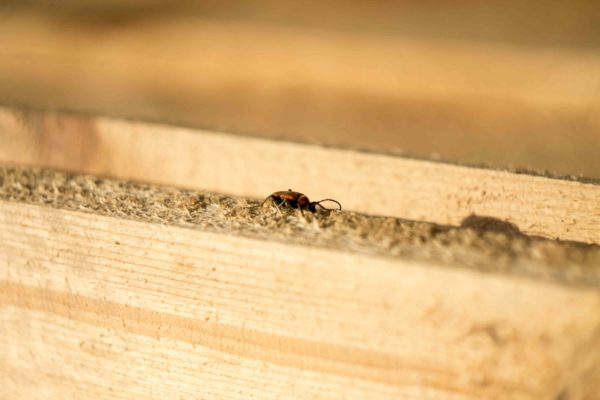If you’re a home seller, then you already know that it’s important to disclose any and all damage to potential buyers. But what happens if your house has termite damage? Disclosure is key, but so is understanding your state’s disclosure laws.
Let’s start with a few basics. In most states, home inspectors are required to inspect the house for defects and if found, these must be disclosed to potential buyers. These inspection reports should indicate whether or not termite damage was found during the inspection. It is recommended that sellers have their own inspections done as well-most buyers will conduct one or two of their own.
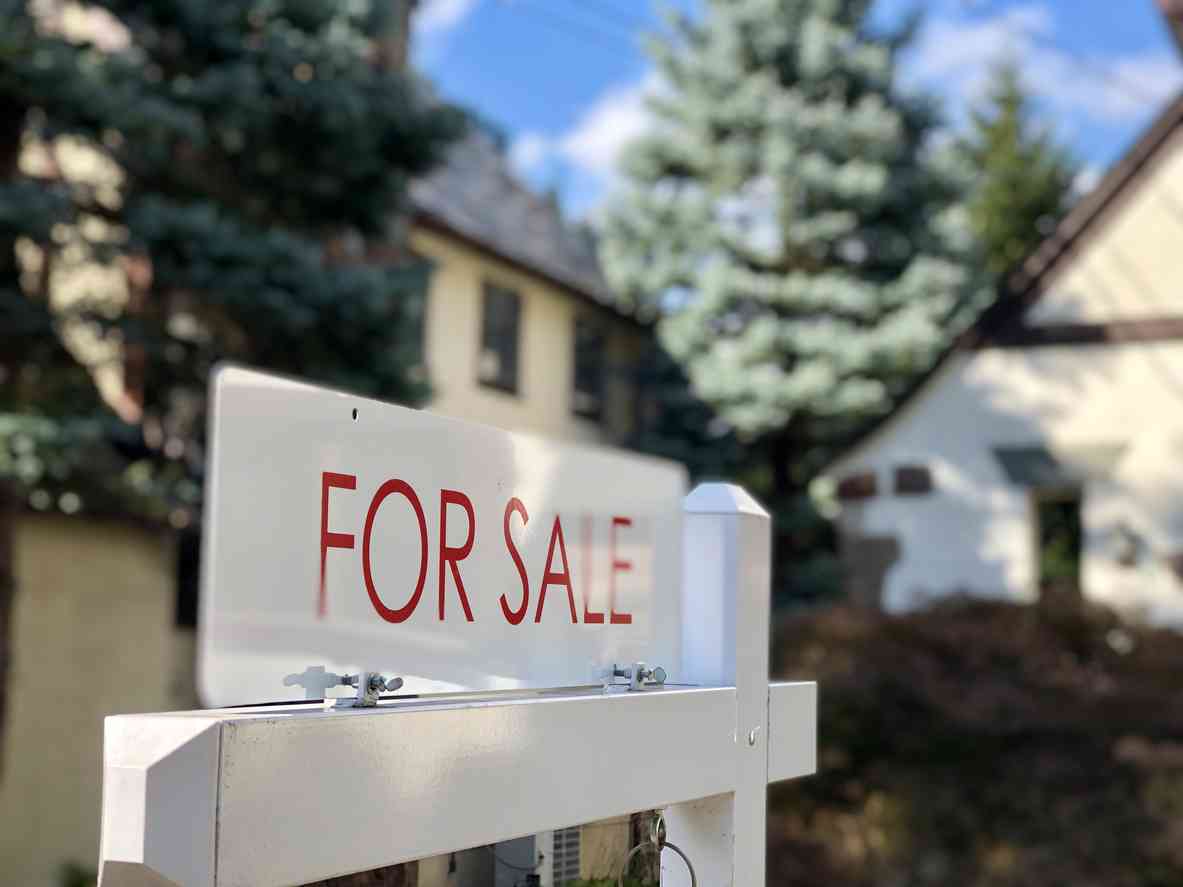

Regardless, it is important to disclose any problems-whether you arranged for them or not-as it may affect the sale price significantly if they are found after closing on the property. All in all, even if your home has been infested with extensive termite damage there is hope to sell.
Not Sure If Your House Is Infested? Look Out For These Signs
Termites can cause a lot of damage to your home, and it is important to be able to identify the signs of termite damage early on. Termites prefer moist, warm environments, so if you notice any water damage or black spots on your wood, you should investigate further. Additionally, listen for any strange noises coming from your walls as this could be a sign that termites are active.
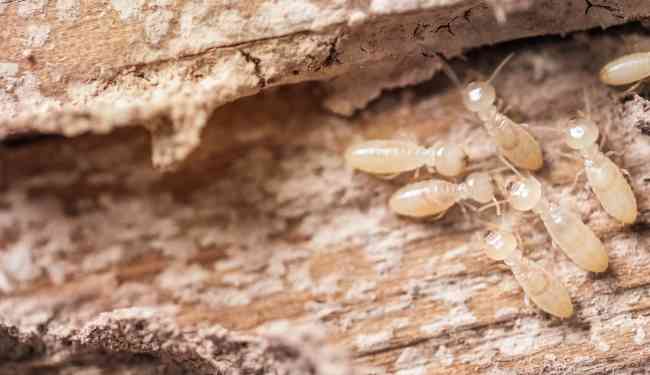

It is important to note that there are different types of termites that can infest your home. Flying termites are known as swarmers and are responsible for starting new colonies. They usually appear after a few years of infestation, so they are usually a clear sign that the property has a problem. The other type of termite is ground-dwelling termites that can cause extensive damage to homes in much less time.
If you suspect you have termites, it’s important to know the signs of termite damage so that you can get treatment started as soon as possible. Here are four signs of termite damage to look out for.
Do you see mud tubes up the outside of your home, on the stumps of trees near your house, or on sidewalks and other surfaces? If so, it’s likely that termites are present in your area. Many species of termites build these tubes to keep their colony safe from predators. The tubes also protect the colonies from traveling too close to water sources, which could cause flooding problems for them later.
- Sagging floors
Termite damage can often be seen if you look at your doors or windows. You may notice that they don’t shut tightly anymore or at least not as well as before. Termites eat away at wooden supports over time until they begin to sag and warp under their own weight.
- Damaged wooden structures or structural damage
Termite wood damage is soft and powdery to the touch, with pores visible on the surface. If you tap a piece of this wood lightly with your finger, the wood will emit chalky dust, which means it has been completely eaten away by termites underground.
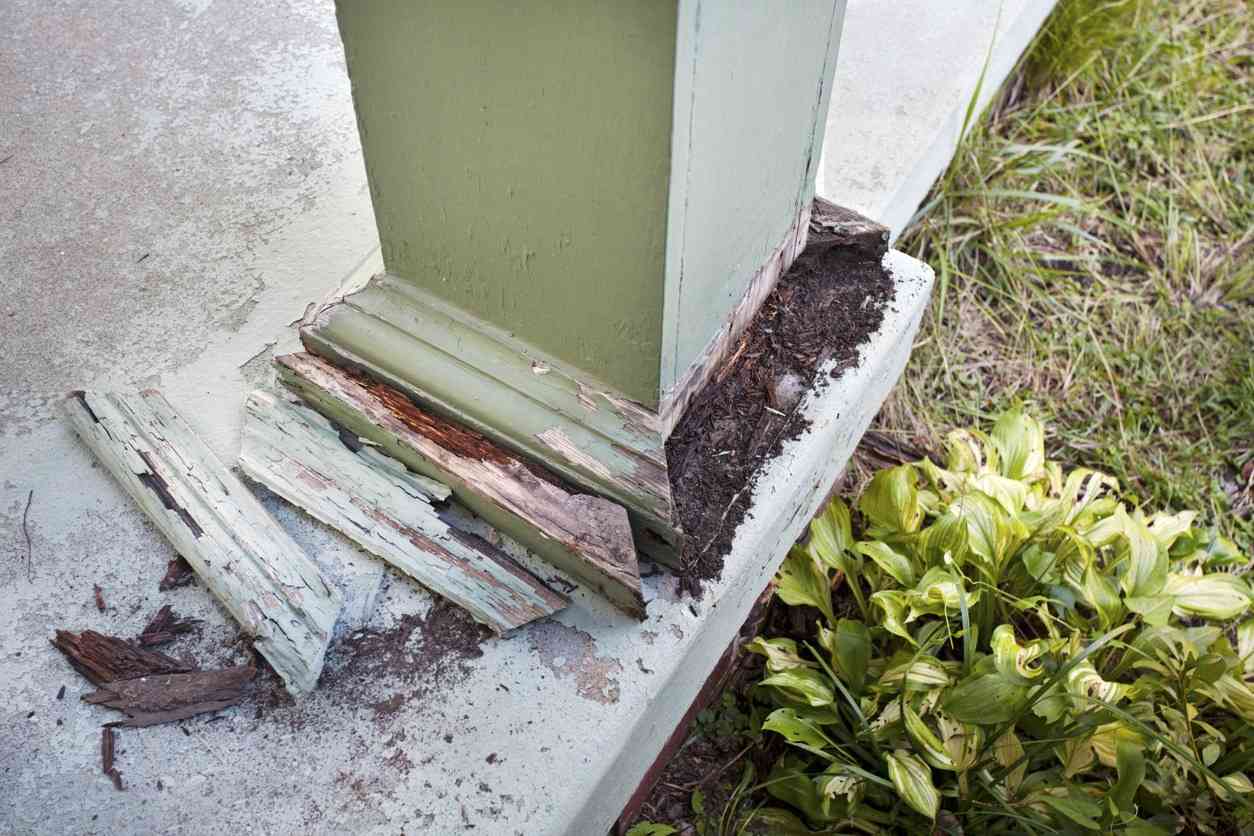

- Mud tubes on exterior surfaces
When termites are building their colony or repairing their damaged wings after emerging from their nest, they often bring dirt to the surface. This buildup around your house is called “soil castings” and can give an indication that there may be termites in your area. Look at where soil castings end; they could indicate that termite activity ends near one of your home’s exterior surfaces.
What To Do Before Selling?
When it comes time to sell your home, you want to make sure that everything is in order so that the process goes as smoothly as possible. Unfortunately, if your home has termite damage, there are a few things you need to do before putting it on the market.
By following these tips, you can increase the likelihood of a successful sale and get the best price for your home.
Exterminate And Prevent
If you’re like most people, you probably don’t think about termites very often. But if you own a home, it’s important to be aware of the risks that termites pose and how to exterminate them and prevent them from doing damage to your home.
The first step is to call a professional exterminator who will be able to say how extensive the damage is, as well as get rid of the current colony. You’ll also want to make sure that the exterminator fills in any damaged wood with a non-toxic substance like concrete.
The next step is to locate any nearby termite nests and do your best to remove them with specialized termite treatment. If you’re not familiar with what these look like, you should be able to ask another homeowner or your exterminator for advice on how to spot these nests. After you’ve found all of the nests in your surrounding area, it’s time to check for any damaged wood. If there is any, then you’ll need to hire an experienced carpenter who can remove and replace any affected pieces of wood.
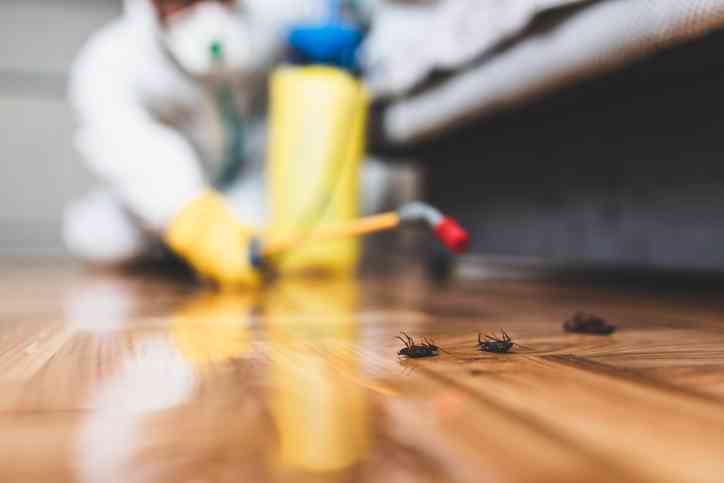

The final step will be to purchase a product that gets rid of termites once and for all, including their larvae. You should also make sure that this product kills off any other harmful pests like ants or cockroaches as well!
The seller should also follow the exterminator’s prevention protocols as well as make sure that any entry points to the property have been sealed (eg. mesh covers on any tubes and pipes, cracks and holes filled, etc.).
Get Another Inspection
Did you know that termites cause billions of dollars in property damage each year in the United States? If you have recently discovered evidence of a termite infestation in your home, it is important to take action right away. Many people mistakenly believe that once they’ve seen evidence of a termite infestation, their home is automatically condemned and they must move out. However, this is not always the case.
In fact, many homeowners are able to get their homes repaired and avoid moving by getting a second inspection done after the initial damage has been found. If you live in an area that is prone to termite infestations, it may be wise to schedule an inspection every other year or so even if you do not suspect any problems.
With that being said, the seller should get a secondary inspection after the colony has been eradicated, as proof that the house is officially termite-free, and for any preventative measures that the homeowner can do. This is beneficial if you are trying to sell your home because you will be able to provide a new warranty on the home.
Take Out A Warranty
If you have recently discovered that your home has termite damage, you may be wondering if it is worth getting a warranty. Home warranties are often thought of as a way to protect homeowners from costly repairs on appliances and other household items. However, home warranties can also be used to repair damage caused by termites or other pests. If you have recently discovered the damage caused by pests in your home, it is important to take action right away.


Some professional pest control companies will offer a warranty on the extermination services they provide. This is a great way to reassure the buyer that there will be no further issues due to termites.
Three Ways To Sell Your Property With Termite Damage
If you’re a homeowner with termite damage, you may be wondering how to sell your property. Selling a home with termite damage can be tricky, but there are several ways to do it.
Here are three methods you can use to sell your home with termite damage.
Fix The Damage
This is the most time- and budget-consuming option because termites can cause serious damage to your home. Not only do they eat away at the wood in your house, but they can also compromise the structural integrity of your building. If you have a termite infestation, it’s important to address it as soon as possible.
The cost of fixing all the damage of termite infestations is expensive. However, professional termite control can help prevent further damage and restore the structural integrity of your home. If you hire pest control professionals to remove all the termites in your house, repaint it, seal any cracks to make sure no termites get inside again, and fix any damaged wood surfaces, then you may be able to sell your home quickly, and for a decent price.
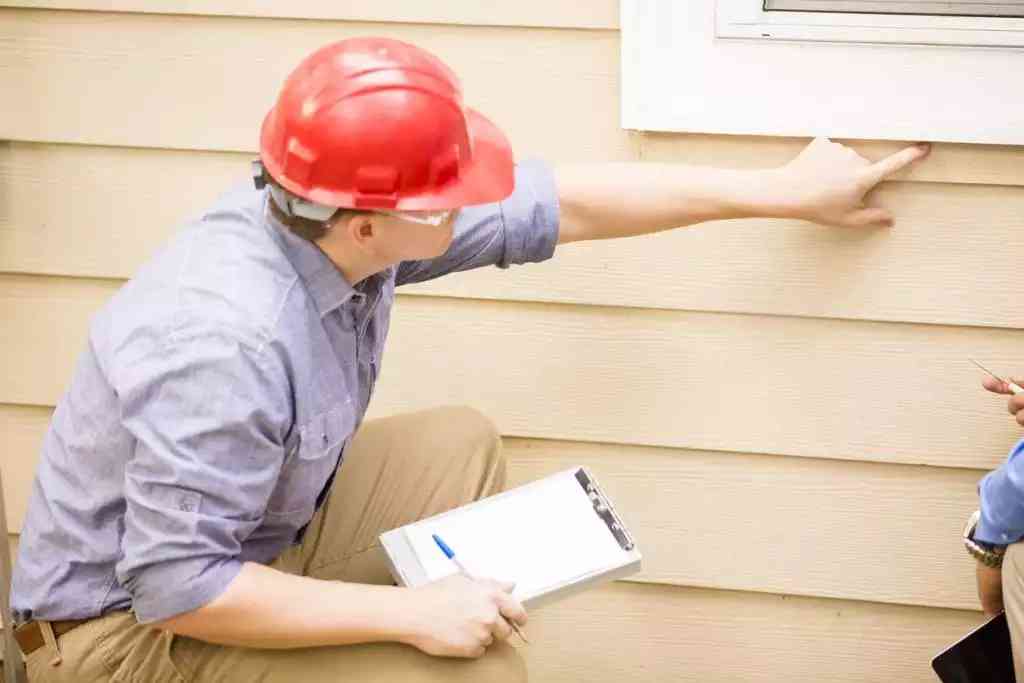

Getting a property fixed up, depending on how extensive the damage is, will likely be a costly affair and might not be worth it in the end.
Try Selling The House With The Damage
Another option is to try and sell your home with termite damage. As long as the seller is upfront about the termite damage and repairs that will be needed, they can try selling the property as normal.
This is one of the most common ways to sell a house with termite damage. The seller simply includes termite damage in their sales pitch and looks for prospective buyers that are willing to buy despite this. Sellers have generally better success being completely forthright about any damage or repairs that need doing on a property because it helps the buyer to really gauge what they are getting into.
However, this is a risky option as this kind of house will likely stay on the market for a long time due to very few takers.
Sell House As-Is To A Cash Buyer
The final and by far easiest option is selling the property to a cash buyer. If you’ve discovered termite damage in your home, selling it as-is to a cash buyer may be the best option for you. Cash buyers are often more willing to purchase a property in its current state, regardless of any damage or repairs that may need to be made. By working with a cash buyer, you can avoid the hassle and expense of repairing the damage yourself – and you can avoid dealing with potential buyers who are hesitant to buy a home with termite damage.


We know, selling a home is a difficult and stressful procedure. And that’s without the added stressors of termite damage. Simple Sell Home Buyers is the business to contact if you’re seeking a quick and easy solution. We buy homes for cash and don’t require any repairs or renovations in order to close the deal. If you are interested in getting into contact with us or to schedule a home tour, give us a call at (+)1-516 603 5748.
Image Credits
Property Insurance Cover Law Blog / Google Stock Images
Gandys Termite & Pest Control / Google Stock Images
All Care Pest Control / Google Stock Images
LOADING Magazine / Google Stock Images
Handyman Connection / Google Stock Images
All Climate Roofing / Google Stock Images
Roofstock Blog / Google Stock Images
